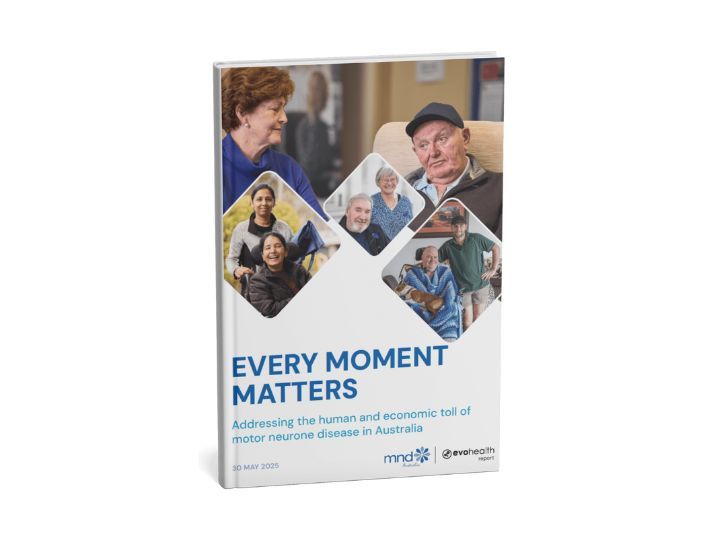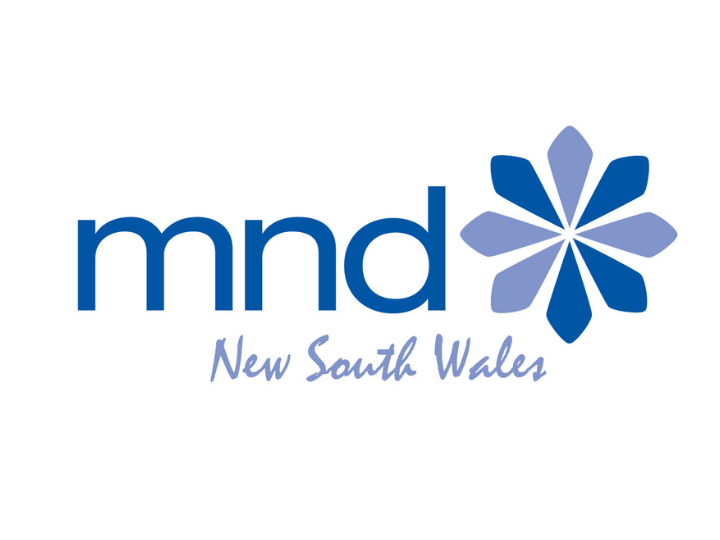Each year the Allied Professionals Forum (APF) is held the day before the ALS/MND International Symposium. The APF is for allied health professionals from across the globe to come together to share, hear and reflect on how to better support people living with MND at the practical level. In December 2016 there were 16 presentations and over 250 attendees. Gina Svolos, Manager Support Services, and Kristina Dodds, Education and Carer Support Program Coordinator, were very fortunate to be able to attend and represent MND NSW. Kristina was one of the presenters and here is their report.
The first session of the day covered the latest innovations on message and voice banking for people with MND and communication technology.
First up was the announcement of the winner of the Prize4Life – the ALS Assistive Technology Challenge. There were two winners who shared the US$400,000 prize for the further development of their communication systems. The Challenge attracted 87 groups from 16 countries around the world to submit ALS assistive communication solutions. One of the winners, the EEG-based brain-computer interface Donders Noisetag, allows paralysed patients to communicate with mental activity alone. The other joint winner, the EMG communication and control device Pison Technology is aimed at allowing a person with little or no movement to have full control of a laptop, a phone and home robotics 24/7.
Next up was Lesley Doyle, from Trinity College Dublin, who spoke on message banking and the impact on quality of life for people with MND. She defined message banking as ’the intervention whereby patients with progressive conditions, record phrases that can later be used on electronic communication devices’. Her research is in the early stages, but preliminary data shows that message banking is clearly meaningful to patients, as said by one research participant, “... to have your voice instead of using a machine and someone speaking.... it makes it more comforting and it makes you feel like you are still in charge a little bit.”
John Costello from Boston’s Children’s Hospital spoke on message banking vs voice banking. He defined voice banking as the ‘process of recording a large inventory of speech that is in then used to create a synthetic voice that approximates your natural voice’. Interestingly he also referred to message banking by proxy, where someone such as a sibling, or someone who has a similar voice can do recordings, including legacy recordings, on behalf of the person. He then went through the technology and process involved in recording and storage. The aim is that the person ‘message banks’ throughout the day using a portable recording device and in his experience it takes an average of four months. 47 people have done this and banked from 122 to 3075 messages each. John spoke of a web portal to upload audio files available free of charge https://www.tobiidynavox.com
Louise Rickenbach, an advisor for the MND Association UK spoke on the development of a voice banking volunteer on her ‘patch’, as there is a lack of early access to speech pathology at a time when it is ideal to carry out recordings. Her take-home points included: 1. teams supporting people with MND should discuss opportunities like voice banking early, 2. extra support may be needed for some people to engage with technology and 3. trained volunteers could assist.
The presentations in the second session were themed around supporting the primary carer. Ronald Hoffman from Compassionate Care ALS gave a very powerful presentation using only photographs of people living with ALS and their carers. Using these images he highlighted how carers often need their own specific kind of support, particularly around end of life situations.
Karen Welsenaer from MND UK, spoke about children and young people who have a parent with MND and the ‘whole family’ approach of the Association. If given early support, children and young people were less likely to develop future emotional trauma.
Mary O’Brien, also from MND UK talked of supporting carers by monitoring changes in the caring role through the Carers’ Alert Thermometer (CAT). The CAT asks ten questions in conjunction with a ‘traffic light’ system that indicates the level of need for each alert and current support available. This can assist during further discussion and problem solving with non-specialist health staff. And finally, Birgit Hovamnd from Denmark, presented her work in supporting carers of people with fronto-temporal dementia and MND.
The first two presentations after lunch discussed research into swallowing issues in MND and people’s perceptions of this. Dominika Lisiecka a PHD candidate from University College Cork reported on her research finding that people with MND who have dysphagia (swallowing problems) approach it differently to how their carer approaches dysphagia. She commented that for many people with MND, dysphagia changed the meaning of food for them and that the overarching theme that came out of the research was that people with MND live in the ‘here and now’. For carers however, the focus was on safety – excluding food that might cause coughing, changing how food is prepared, the need for constant supervision and that feeding tubes were seen as a life prolonging option.
There was an interesting paper by Colin Pearson who works for MND UK. He developed a program called First Contact Group in partnership with the local palliative care service to help introduce people to the valuable support that can be offered by the local hospice. The aim was to encourage people to engage with palliative care as early as possible to improve ongoing care management, symptom control and quality of life. They offered a drop-in session for people with MND to receive complementary therapies while utilising the hospice service for support from nursing service and other beneficial advice. It was a very successful program and one that is now being replicated in other hospices as it helped to break down the misconception and stigma attached to hospices - that they are just ‘places to die’.
The final session of the day focused on the development of technologies and creative approaches to using technologies. The Eyedrivomatic was featured and this is a device that allows users to control an electric wheelchair, using only their eyes. Developed by Patrick Joyce and Steve Evans, who both have MND, Eyedrivomatic is an open (free) project and you can make your own system. Anyone may download, modify, distribute, use or sell – any part of the project. It will be interesting to see how this develops. It doesn’t stop the need for a carer to be present but it was described as liberating by the users. More info at https://www.eyedrivomatic.org/.
The final presentation was by MND NSW and presented by Kristina Dodds. It reported on a one-day CommSPOT training program conducted for occupational therapists and speech pathologists to develop their confidence with prescribing and assessing people with MND for assistive technology for communication. It was a highly rated workshop and was successful in it’s aim of improving confidence of these therapists.
To view these and other presentations given on the day see the MND NSW playlist on YouTube at https://www.youtube.com/playlist?list=PLKmXsG38R4V-UFW1ocUXL0kODVUxJxsBn



